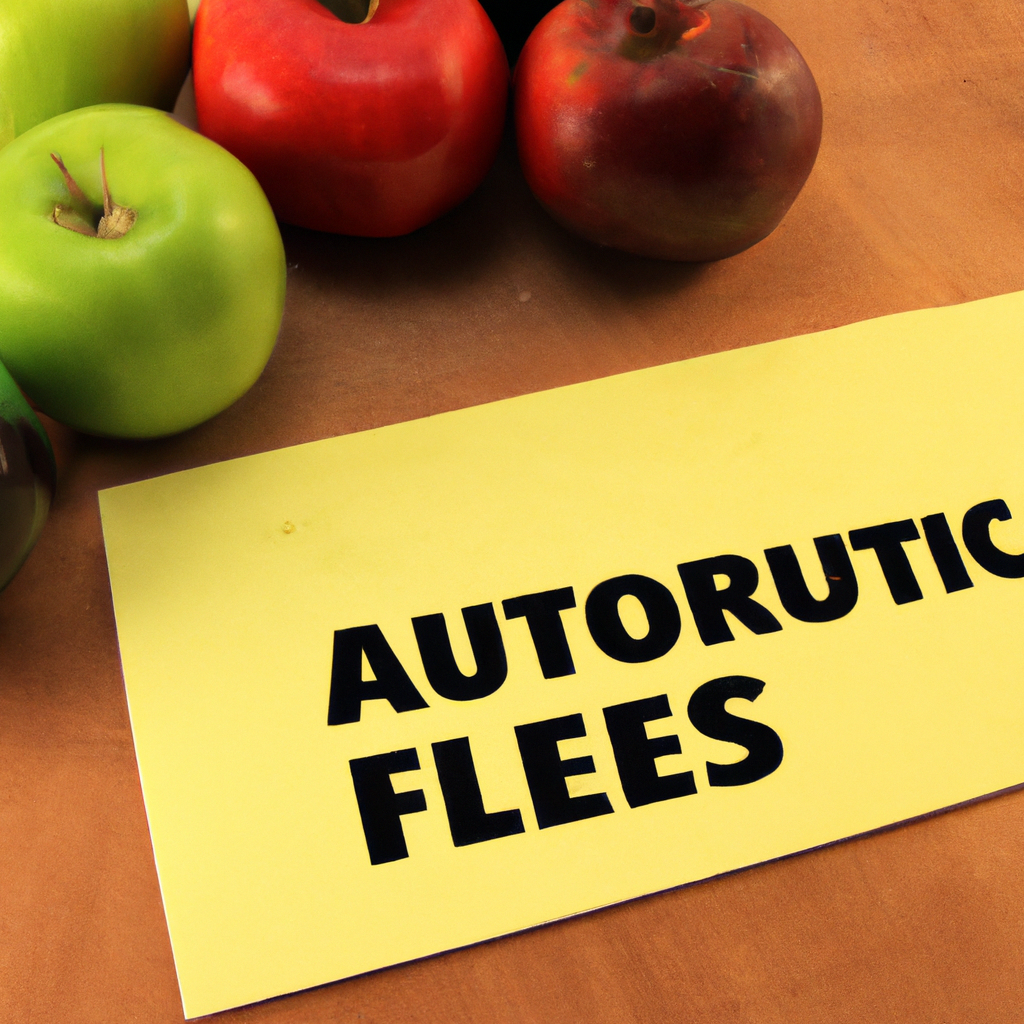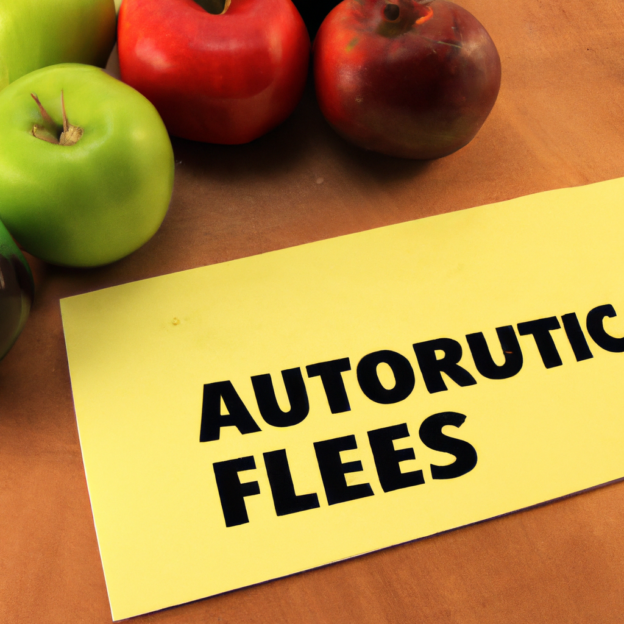If you’ve ever been to New Brunswick, you might have noticed that the cost of food seems to be higher than what you’re used to. It’s a question that many visitors and potential residents ask: why is food so expensive in New Brunswick? In this article, we’ll delve into the factors that contribute to the higher prices, from transportation costs to the province’s reliance on imports. By understanding these factors, you’ll gain a deeper appreciation for the complexities of the food industry in New Brunswick and hopefully be inspired to explore all the other amazing aspects this province has to offer. So, let’s dig in and uncover the reasons behind the price tags on your plate.
Why Is Food So Expensive In New Brunswick?
Table of Contents
Reasons for High Food Prices in New Brunswick
New Brunswick, a beautiful province located on the eastern coast of Canada, is known for its picturesque landscapes, friendly people, and rich cultural heritage. However, one aspect that often surprises visitors is the high cost of food. In this article, we will explore some of the key reasons behind the high food prices in New Brunswick. Understanding these factors will shed light on the challenges faced by the province and help us appreciate the efforts taken to ensure a steady supply of food.

1. Geographic Location
1.1 Remote Location
New Brunswick’s geographic location plays a significant role in driving up food prices. As a province situated in the eastern part of Canada, it faces challenges due to its remoteness. Being far from major agricultural centers and distribution hubs means that the transportation of food to New Brunswick can be costly and time-consuming.
1.2 Access to Fresh Produce
Another issue related to the province’s geographic location is the limited access to fresh produce. Because of the shorter growing season and colder climate, it can be challenging to produce a wide variety of fruits and vegetables locally. This often leads to a reliance on imported produce, which adds to the overall cost of food.
2. Limited Agricultural Production
2.1 Small Scale Farms
New Brunswick’s agricultural industry is characterized by a large number of small-scale farms. While these farms contribute significantly to the local economy and provide a sense of community, they face certain limitations in terms of production capacity. Smaller farms are often not able to achieve the economies of scale that larger agricultural operations can, resulting in higher production costs.
2.2 Short Growing Season
The province’s short growing season limits the types and quantities of crops that can be cultivated. This dependence on a limited range of products can drive up prices, especially for items that need to be imported during the off-season. Additionally, the shorter growing season may require farmers to use additional resources and techniques to extend their productivity, further increasing costs.
3. Transportation Costs
3.1 Higher Fuel Costs
Transporting food to New Brunswick involves significant fuel costs. The distance between the province and major agricultural centers or distribution hubs can make shipping more expensive. Rising fuel prices can further impact transportation costs, which are eventually passed on to consumers in the form of higher food prices.
3.2 Long Distances
In addition to higher fuel costs, the long distances that food has to travel to reach New Brunswick can also contribute to its high prices. This not only increases transportation expenses but also adds to the time it takes for fresh produce to reach the shelves, affecting its shelf life and potentially leading to higher wastage.
4. Importation and Distribution
4.1 Complex Supply Chain
The importation and distribution of food in New Brunswick involve a complex supply chain. Products may need to pass through various stages, including customs clearance at the border, warehousing, and distribution centers before reaching local stores. Each stage incurs costs, such as handling fees, administrative expenses, and storage charges, which ultimately contribute to the overall price of food.
4.2 Customs and Border Requirements
Importing food into New Brunswick involves compliance with customs and border requirements. These regulations ensure the safety and quality of food but can also lead to increased costs. Importers may need to invest in additional resources, such as certifications, inspections, and documentation, which can add to the final price of imported food products.

5. Seasonality of Food
5.1 Limited Availability
Due to its geographical location and shorter growing season, New Brunswick experiences limited availability of certain foods, especially during the winter months. The need to import these items can drive up prices due to increased transportation costs and limited supply.
5.2 Higher Prices in Off-season
When certain fruits and vegetables are not in season locally, they need to be imported from other regions or countries. This can significantly increase their cost, as importation involves additional expenses such as transportation, customs, and storage. As a result, consumers often experience higher prices for off-season produce.
6. Taxes and Regulations
6.1 Higher Taxes on Food
Taxes imposed on food products can contribute to higher prices. In New Brunswick, the provincial sales tax (PST) is levied on various goods, including food. Depending on the specific item, the PST can add to the cost of groceries, impacting the overall affordability of food in the province.
6.2 Strict Regulatory Standards
New Brunswick implements strict regulatory standards to ensure food safety and quality. While these measures are crucial for the well-being of consumers, they may also increase the costs associated with production, processing, and distribution. Compliance with regulations requires investments in equipment, testing, training, and certifications, all of which can raise the prices of food products.
7. Higher Costs for Organic and Local Products
7.1 Increased Production and Certification Costs
Organic and locally sourced products are popular choices for health-conscious consumers in New Brunswick. However, these products often come with higher price tags. The increased costs can be attributed to various factors, such as specialized farming practices, certification processes, and smaller-scale production, which do not benefit from the same economies of scale as conventional methods.
7.2 Limited Availability of Local Products
While supporting local farmers and businesses is important, relying solely on local products can be challenging in New Brunswick. The limited availability of some items grown locally means that consumers may have to rely on imported alternatives, which tend to be more expensive. This limited availability, coupled with higher production costs, contributes to the higher prices of organic and local products.
8. Dependence on Imports
8.1 Reliance on Imported Goods
New Brunswick relies heavily on imported goods, including food products. The province’s limited agricultural production necessitates importing a significant portion of its food supply, which can be costly. Factors such as currency exchange rates, international trade policies, and global market conditions can all impact the prices of imported food, further affecting the affordability for consumers.
8.2 Fluctuating Exchange Rates
Currency exchange rates play a vital role in the cost of imported goods, including food. Fluctuations in exchange rates can directly affect the prices of imported products. When the Canadian dollar is weaker compared to other currencies, imported goods become more expensive. This volatility in exchange rates can impact the cost of food in New Brunswick.
9. Market Dominance of Fewer Suppliers
The market dominance of fewer suppliers in New Brunswick can contribute to higher food prices. When there is limited competition, suppliers have more control over pricing. This can result in higher costs for consumers, as suppliers are less incentivized to offer competitive prices. The dominance of a few key players in the market can limit options for consumers and reduce overall affordability.
10. Impact of Climate Change
10.1 Extreme Weather Events
Climate change has the potential to disrupt agricultural production and impact food prices in New Brunswick. Extreme weather events, such as droughts, floods, or storms, can damage crops, reduce yields, and increase production costs. These unpredictable weather patterns can lead to shortages and price fluctuations in the food market.
10.2 Crop Failures and Lower Supply
Climate change can also contribute to crop failures and lower supply, further driving up food prices in New Brunswick. Changes in temperature, precipitation patterns, and pest infestation can negatively affect crop productivity. When local supply decreases, the province becomes more dependent on imports, which can be costly.
In conclusion, the high food prices in New Brunswick are influenced by a combination of factors, including the province’s geographic location, limited agricultural production, transportation costs, importation and distribution challenges, seasonality of food, taxes, and regulations, higher costs for organic and local products, dependence on imports, the market dominance of fewer suppliers, and the impact of climate change. Understanding these reasons is essential in appreciating the efforts taken to ensure a steady supply of food in the province, and it provides valuable insights into the complexities of the food industry.
Despite the challenges faced, New Brunswick continues to offer a diverse culinary scene, with unique local flavors and experiences that showcase the rich agricultural heritage of the province. So, the next time you enjoy a meal in New Brunswick, remember the intricate journey that food takes to reach your plate, making every bite a true delight.



